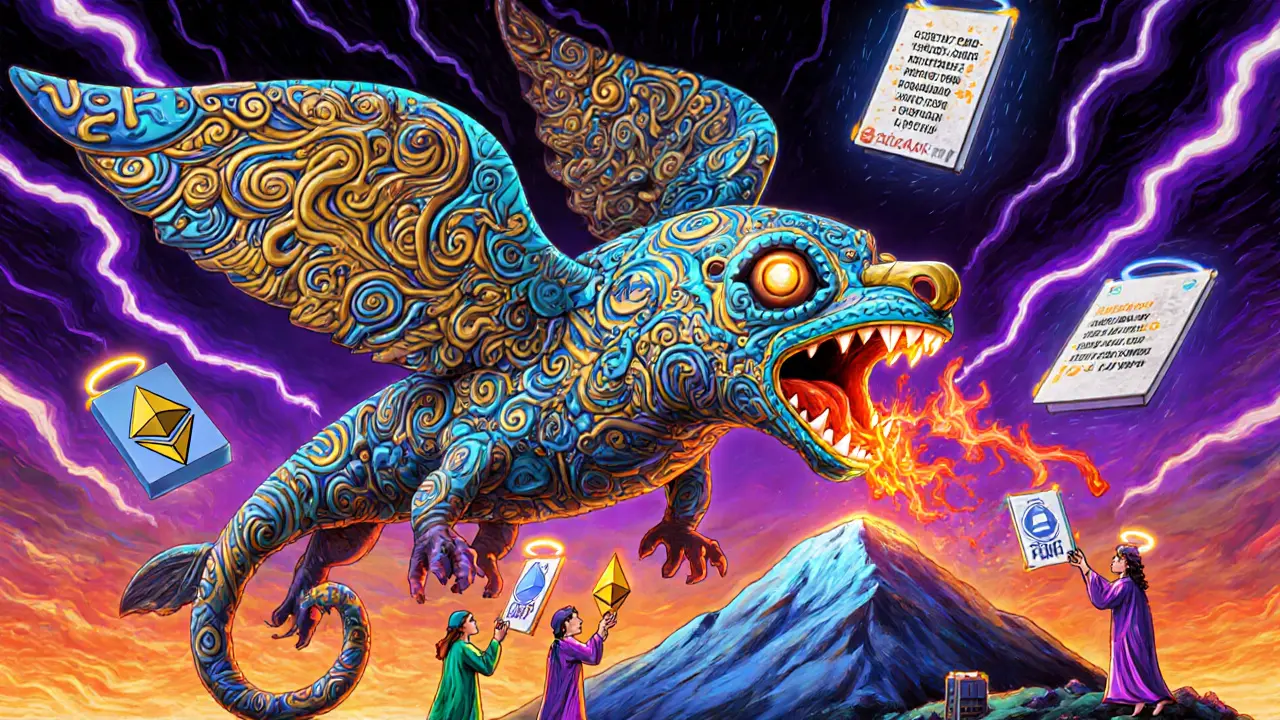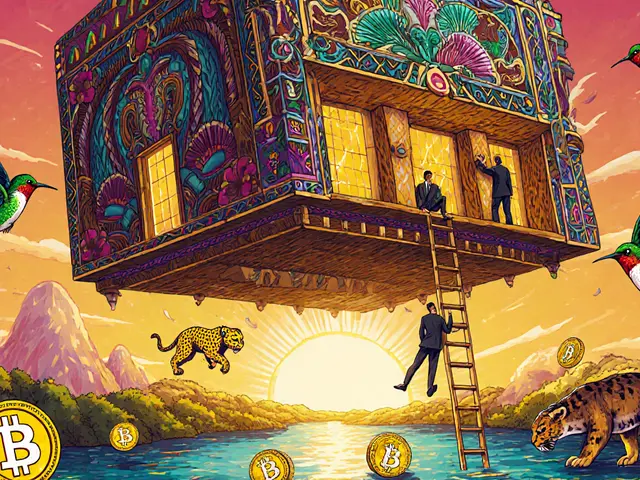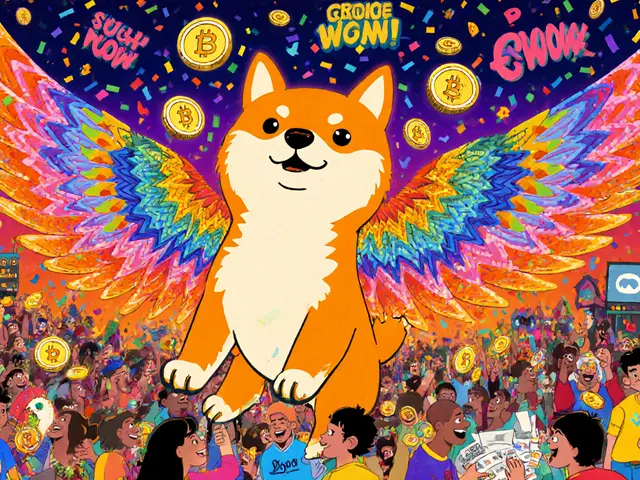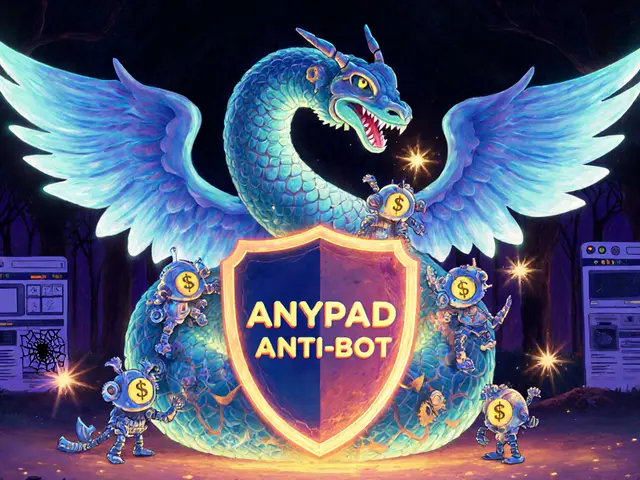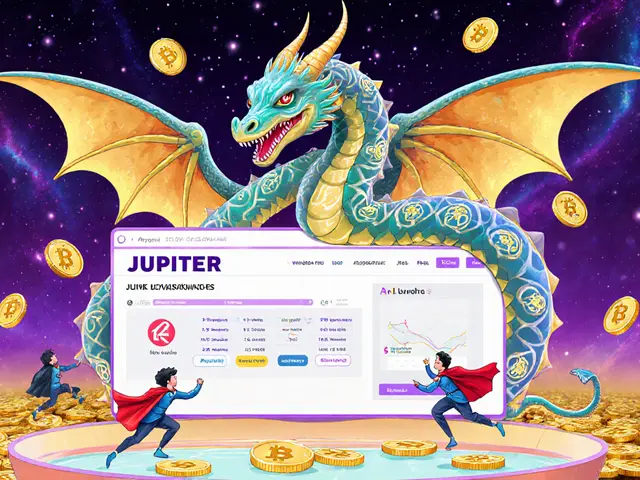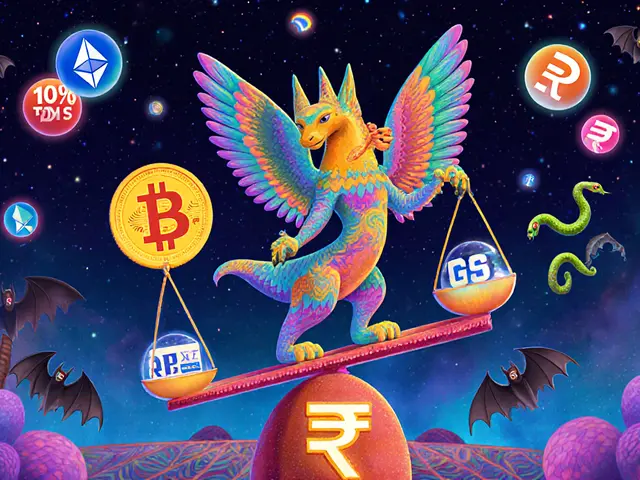Cheap NFTs: What They Really Are and Why Most Are Worthless
When you see an NFT listed for $0.05, it’s easy to think you’ve found a goldmine. But cheap NFT, a non-fungible token sold at extremely low prices, often with no utility, team, or community. Also known as penny NFTs, these are rarely investments—they’re digital clutter, often created to lure beginners into dead projects. The NFT market isn’t one big lottery. It’s a jungle where the loudest noises come from the most empty trees.
Most cheap NFTs come from abandoned collections, fake airdrops, or bots pumping low-effort art. They don’t give you access to anything—no Discord, no roadmap, no token rewards. Compare that to a real NFT project like a POAP, which proves you attended a real event and holds historical value. Cheap NFTs have no story, no proof of ownership beyond a blockchain record, and no one willing to buy them later. You’re not collecting art—you’re collecting digital dust.
Scammers know this. They list 10,000 copies of the same pixelated monkey for 0.001 ETH, then vanish. You might see trading volume, but it’s often wash trading—fake buys by the same wallet to trick you. Real NFTs have communities that grow, teams that update, and utility that matters. Cheap NFTs? They’re like buying a ticket to a concert that was canceled before it started. And if you’re thinking of flipping them, ask yourself: who’s going to pay more for something that has zero reason to exist?
There’s a reason the posts here cover things like POAP, blockchain-based digital badges that prove attendance at real events, or RACA airdrop, a token tied to active participation in a live Metamon ecosystem. These aren’t random art pieces. They’re tied to actions, events, or real utility. Cheap NFTs have none of that. They’re not hidden gems. They’re landmines disguised as bargains.
If you’re looking to get into NFTs, skip the $0.10 listings. Focus on projects with transparency, active teams, and real use cases—even if they cost more upfront. The cheapest NFTs don’t make you rich. They just make you a statistic.
Below, you’ll find real reviews of dead projects, scam tokens, and forgotten collections. Learn what to avoid before you lose your next dime.
